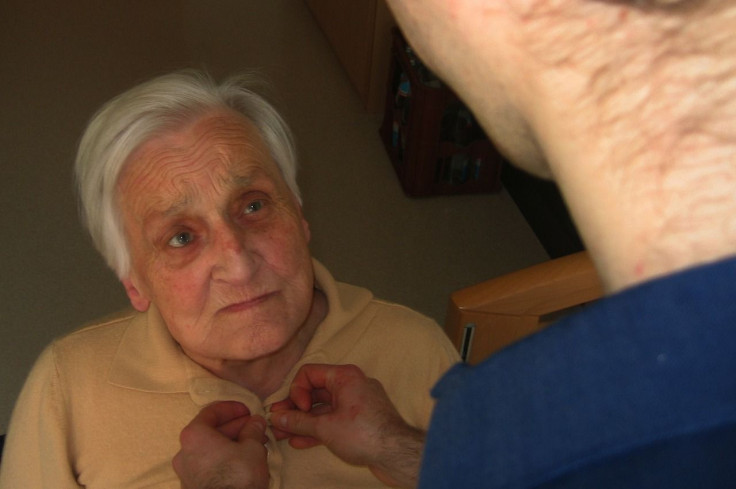Alzheimer’s Can Be Detected With ‘Velcro’ Style Test Long Before Its Symptoms Develop

Dementia is a condition where brain functions deteriorate, sometimes in a rapid manner. Alzheimer’s disease is one of the most common types of dementia in the UK. Although there is no cure for the condition at the moment, the ‘Velcro’ style test has been observed to detect symptoms years before their onset.
Detecting Alzheimer's
The test, which has largely been seen as a “game-changer” in early detection of Alzheimer's disease, involves the use of magnets and identification of rogue proteins called prions. This procedure also detects signs of Parkinson’s and many other neurodegenerative disorders like Mad Cow’s disease or Creutzfeldt-Jakob disease, also known as CJD.
Among the early signs of Alzheimer’s include forgetting names of objects and places, having difficulty in thinking of the right phrase or word, and misplacing items. Part of the novel procedure includes the injections of small bead-like magnets in the body. These tiny balls are made out of artificial compounds intended to imitate proteins. These tiny particles attach themselves to diseases molecules, while the healthy ones are left alone.
The "Velcro"
Dr. Michael Connolly, a Berkeley Lab senior scientific engineer, described the process as similar to a ‘Velcro.’ Connolly’s team hopes that one day, the little balls will be used to administer medications that can destroy clusters of neuron-killing proteins in the brains of patients with dementia.
The scientific engineer noted that one of the reasons why drug tests have failed in the past is they are prescribed when the damaging disorder has already taken hold. In most cases, it is already too late.
In laboratory studies using the ‘Velcro’ test, researchers were able to detect prions from the blood of infected hamsters and mice in pre-clinical stages. They were also able to do the same after the test animals have developed the symptoms.
Scientists consider this a momentous breakthrough in the quest to discover the first non-invasive technique of detecting prion in humans. Prion diseases are groups of deadly brain ailments caused by the buildup of misfolded reproductions of a naturally occurring protein.
Lumbar Puncture
At present, the method used is a procedure called lumbar puncture. In this procedure, doctors would stick a needle in the back of patients to extract fluid that envelopes the spinal cord. The process has been described by patients as unpleasant.
With the new technique, there is now an effective method of checking the presence of prion diseases at an early stage. Scientists hope this will open the door to more innovative screening tools.
© Copyright IBTimes 2024. All rights reserved.





















